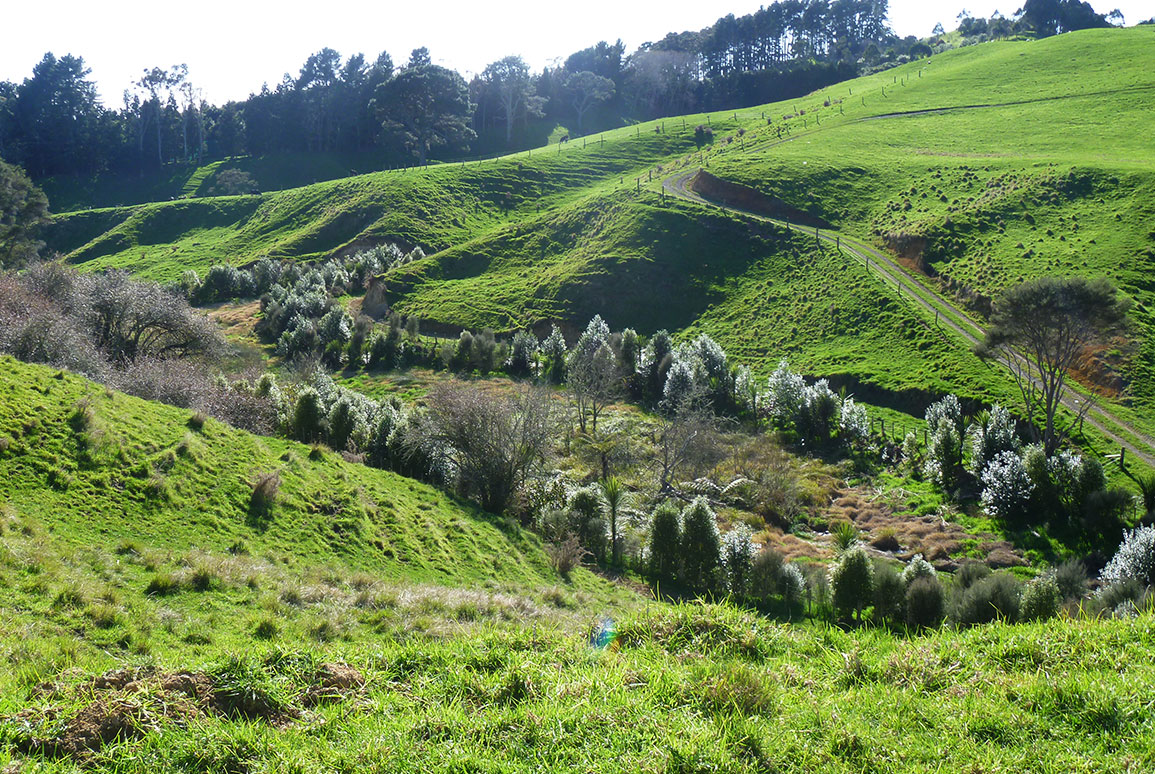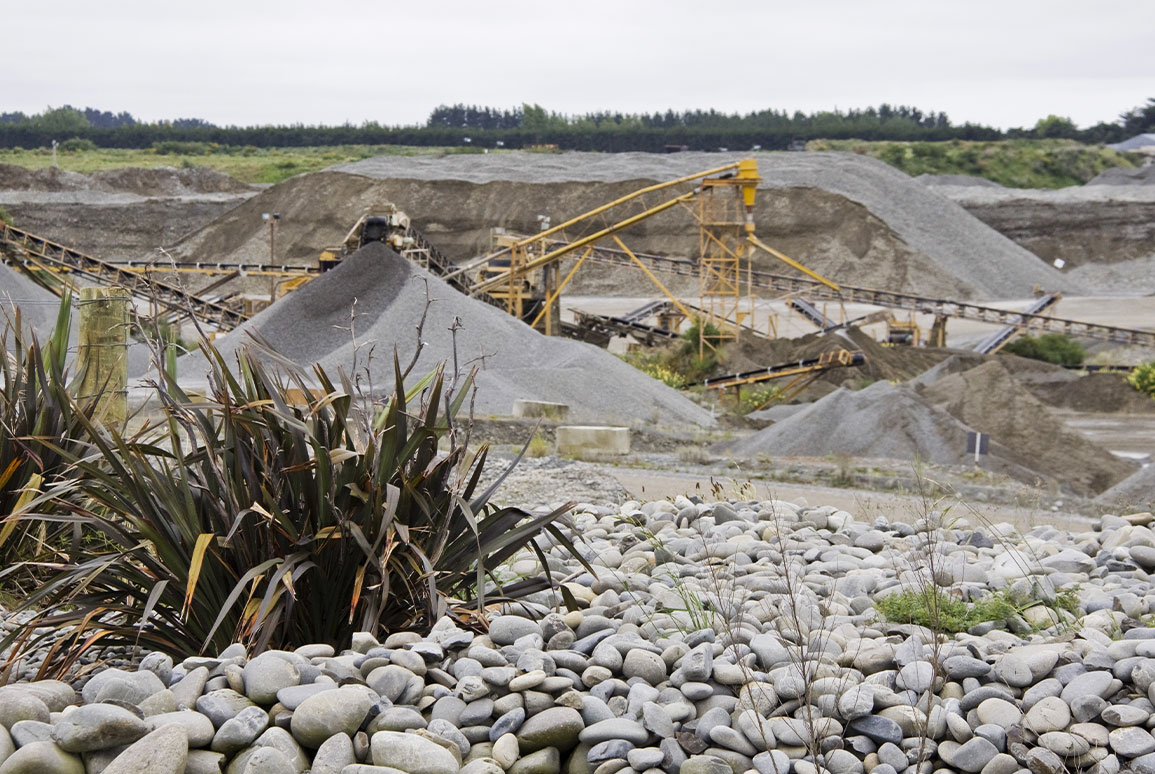Perspective: What are the latest proposed changes to the RMA, and how may they affect us as planning professionals?
4 July 2024
Written by Claire Kelly, Stephanie Styles and Chris Ferguson
The Government has recently notified the Resource Management (Freshwater and Other Matters) Amendment Bill, which introduces a number of changes to the Resource Management Act.
These changes are set out below, with a brief discussion on how they may impact on the work we do as planning practitioners. This article is not intended to be a comprehensive consideration of the implications of all changes.

Exclude the hierarchy of obligations in the National Policy Statement for Freshwater Management (NPS-FM) from resource consenting. This will address concerns raised about the way it is being applied while a review and replacement of the NPS-FM is undertaken.
The NPS-FM 2020 is founded on the concept of Te Mana o te Wai, explained within Part 1 of the NPS-FM and culminating in the hierarchy of obligations. The hierarchy inherent to Te Mana o te Wai is explained as prioritising:
- Firstly, the health and wellbeing of water bodies and freshwater ecosystems;
- second, the health needs of people (such as drinking water);
- third, the ability of people and communities to provide for their social, economic and cultural well-being, now and in the future.
Te Mana o te Wai is ‘relevant to all freshwater management and not just to the specific aspects of freshwater management referred to in this National Policy Statement.’
As any other NPS, the NPS-FM is required to be given effect to by regional policy statements, regional plans and district plans. However, uptake of the NPS-FM obligations has been slow, and many councils are yet to implement the requirements flowing from the concept of Te Mana o te Wai.
Whilst the NPS-FM contains some mandatory directions and standards, it requires councils to work with its communities to achieve a framework that is relevant to the region, or a particular freshwater management unit or a particular catchment. This requirement has not changed.
For councils that have not yet implemented the NPS-FM, resource consents are unlikely to address the concept of, or be considered against the concept of Te Mana o te Wai. However, for those Councils that have implemented the NPS-FM, applications will be assessed against the concept as it will be bound by the provisions of the regional plan.
For practitioners, this will result in a regime with two considerable inconsistencies:
- The hierarchy of obligations is removed as a matter to be considered at the time of considering an application for resource consent, but the concept, as it is expressed through the objectives and policies of the NPS-FM remains.
- For those Councils that have implemented the NPS-FM, the concepts are further embedded within regional and district planning documents and are required to be considered through any evaluation of the those planning documents.
This inconsistent approach to managing freshwater across New Zealand is what the NPS-FM was seeking to address. Furthermore, it may lead to arguments and challenges as to whether the concept should be applied at all, even if it has been included in regional plans.
That said, any application needs to be assessed against the policies of the NPS-FM under section 2.2, which give effect to the Objective and that embodies the concept of Te Mana o te Wai. For example, Policy 1 is that ’Freshwater is managed in a way that gives effect to Te Mana o te Wai.’ There is nothing in the Amendment Bill that excludes consideration of this policy.
Therefore, an application will still need to be supported by relevant technical reports and an assessment against the policies of the NPS-FM.
In our view, tinkering with the explanatory material and front end of the NPS-FM does not alter the fact that the concept of Te Mana o te Wai remains intact through the statutory documents and for that reason, the implications for practitioners (and others) is largely unchanged.

Repeal the contentious low slope map and associated requirements from stock exclusion regulations, reducing costs for farmers.
Repeal the permitted and restricted discretionary activity regulations and associated conditions for intensive winter grazing from the National Environmental Standards for Freshwater (NES-F).
These changes are not a practitioner issue per se. They are more related to animal welfare but may also affect water quality in locations where grazing could lead to soil erosion and sedimentation of waterways.

Align the provisions for coal mining with other mineral extraction activities under the National Policy Statement for Indigenous Biodiversity (NPS-IB), NPS-FM and NES-F.
The NPS-IB Clause 3.10 manages adverse effects of new subdivision, use, and development on Significant Natural Areas (SNAs). In particular Clause 3.10 (2) states that ‘each of the following adverse effects on an SNA of any new subdivision, use, or development must be avoided, except as provided in clause 3.11’ These effects relate to loss, disruption, fragmentation, a reduction in function and population size or occupancy of Threatened or At Risk (declining) species that use an SNA for any part of their life cycle.
Under the current version of the NPS-IB, mineral extraction providing ‘significant national public benefit that could not otherwise be achieved using resources within New Zealand’ is exempt from Clause 3.10 (2) and adverse effects are managed in accordance with the effects management hierarchy. This pathway is now proposed to apply to coal mining as well.
Freshwater ecosystems such as wetlands are an important component of indigenous biodiversity. The NPS-FM seeks to avoid the loss of extent of natural inland wetlands, protect their values and promote their restoration. Exceptions apply where, amongst other matters, the regional council is satisfied that the activity is necessary for the purpose of mineral extraction (other than coal) or the extraction of coal and ancillary activities as part of the operation or extension of an existing coal mine; and:
- the extraction of the mineral will provide significant national or regional benefits; and
- there is a functional need for the activity to be done in that location; and
- the effects of the activity will be managed through applying the effects management hierarchy.
The Amendment Bill proposes to expand the definition of mineral extraction to provide for new, as well as expansions to existing, coal mines to be considered under Clause 3.11.
Under the present NES-F, the extraction of coal or ancillary activities¹, which involves earthworks, vegetation clearance and the taking, use, damming, or diversion of water within, or within a 100m natural inland wetland is a non-complying activity, provided the works do not result in the complete or partial drainage of a natural inland wetland.
The Amendment Bill proposes that the activity status be amended to discretionary for all mining activities including new mines.
These changes align with coalition agreements to provide for mining. In our experience working within the aggregate sector, we do not see how aligning coal mining with other extraction processes will make them easier to consent, especially under NES-F if there are wetlands present. Most activities in proximity to a wetland will still be a discretionary activity.
There may be a perception that the change in activity status will provide a potentially easier pathway for coal mining, but applications will still need to be supported by the relevant supporting technical and planning assessments. Councils can still consider any matter they consider relevant, and applications can be declined. In practical terms, the implications of this change within areas likely to encounter wetlands will be limited, as the high report and information bar for planners and technical experts will be retained.
This change and the one below does suggest that the NPS-IB is here to stay.

Suspend for three years requirements under the NPS-IB for councils to identify new Significant Natural Areas (SNAs) and include them in district plans. The Bill also extends some SNA implementation timeframes to 31 December 2030.
This change was signaled at the commencement of this government through coalition agreements between the National Party and the ACT Party². However, Section 6 of the RMA (the protection of areas of significant indigenous vegetation and significant habitats of indigenous fauna) remains and is a matter that the fast-track expert panels must consider when determining applications.
By way of example, the Mackenzie Basin has no identified SNAs but the District Plan contains stringent indigenous vegetation clearance rules – generally non-complying for most activities supported by a stringent ‘avoid’ policy. In these cases, there will still be a need to undertake ecological assessments and apply the planning framework under a ‘normal’ consenting pathway.
Speed up and simplify the process for preparing and amending national direction, including national environmental standards, national planning standards, national policy statements and the New Zealand Coastal Policy Statement.
A couple of matters to highlight with this aspect of the Amendment Bill: firstly, there is no pathway to establish a Board of Inquiry. The process of creating new and amending existing national direction will be a Minister-led process. Secondly, whilst the ability to make submissions remains, the Minister can choose to ignore these and not hold a hearing. People are still likely to make submissions, but that time and cost could be wasted.
The Amendment Bill also proposes far-reaching changes to s32 reporting that accompany national direction.
The matters to address are proposed to be limited to:
- the effectiveness of the proposal; and
- the impact on the environment and on the economy (whether adverse or beneficial) when proposing whether to regulate; and
- reasonably practicable alternative options in the proposal.
The key matters to note are that there is no longer a need to consider the efficiency of a proposal; but, more fundamentally, there is no requirement to ‘examine the extent to which the objectives of the proposal are the most appropriate way to achieve the purpose of the RMA.’
Initially, the limited matters to consider seems appealing, but removing the connection back to the purpose of the RMA could have significant implications.
There is a hierarchy of plans: NPS give effect to the purpose of the RMA, with lower-level regional and district plans giving effect to an NPS, etc. Therefore, as determined in RJ Davidson Family Trust v Marlborough District Council³, there is no need, in making decisions on resource consent applications, to refer back to Part 2 of the RMA unless ‘it appears the plan has not been prepared in a manner that appropriately reflects the provisions of Part 2.’
If the objectives of an NPS have not been determined to achieve the purpose of the RMA, then there is likely to be a need, or at least an argument, that applications will need to be assessed against Part 2. This will likely be reinforced by the fact that a regional plan having given effect to an NPS may also not achieve the purpose of the RMA.
The implications for planning practitioners are that they may need to go back to an NPS to evaluate whether its objectives achieve the purpose of the Act along with additional legal analysis. If they do not, then the proposal being applied for will need to be assessed against Part 2, with all the uncertainty that brings. This will undermine the advancements in case law provided through Environmental Defence Society Inc v The Zealand King Salmon Company Ltd⁴ and RJ Davidson Family Trust v Marlborough District Council that rely on the hierarchy of statutory documents as giving substance to the principals under Part 2 of the RMA.
Notwithstanding the above criticism, the concept of streamlining of s32 in itself has some merit but would, in our view, still need to achieve the purpose of the RMA and the direction that case law has set over the past decade or so. Furthermore, as noted by one Planner at a recent presentation/workshop, it seems unfair that national direction is subject to less onerous reporting than a district plan given its importance and ability to affect policy and practice across New Zealand, as described above.

Resource Management (Extended Duration of Coastal Permits for Marine Farms) Amendment Bill
The Resource Management (Extended Duration of Coastal Permits for Marine Farms) Amendment Bill would extend the current duration of all coastal permits currently issued under the RMA authorising aquaculture activities by 20 years, but not beyond 2050. The extension would:
- cover all of the RMA consents (coastal permits) needed for a marine farm to operate.
- apply to all marine farms that hold a current resource consent at the time the bill commences.
- would not extend the duration of any marine farm past 31 December 2050.
- would be granted automatically, without requiring an application from the consent holder.
It also requires Councils to seek approval from the Ministry for Primary Industries to review consent conditions, and the review cannot amend the duration of a coastal permit extended under the Amendment Bill, or change the species being farmed or the consented area to which the coastal permit relates.
A consent authority will not be entitled to recover the costs of a review.
In our opinion, this proposal undermines the National Environmental Standard for Marine Aquaculture which ensures existing marine farms meet best environmental practice while providing a more certain and efficient process for:
- replacement consents for existing marine farms
- realignment of farms
- applications to change farmed species.
Furthermore, many councils, like Marlborough District, have been following a process of moving farms out of sensitive areas with outstanding natural character. Consent holders have generally been happy to work with the Council, recognising that conditions and operating procedures are out of date.
In our view it is important for the New Zealand planning system to align with global best practice, as without this alignment farms may operate under outdated conditions and processes.
At a practical level and given the work that has been done in Marlborough, the actual number of farms affected could be low. However, for some practitioners, undoubtedly there would be less work in renewing coastal permits for marine aquaculture.

